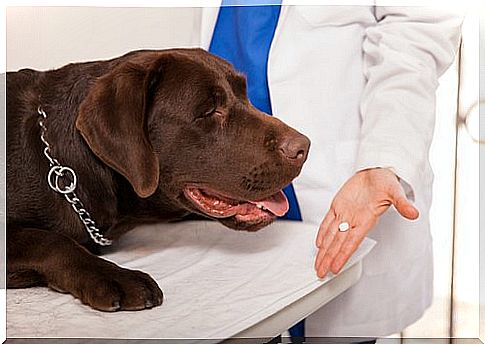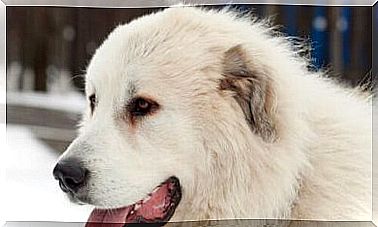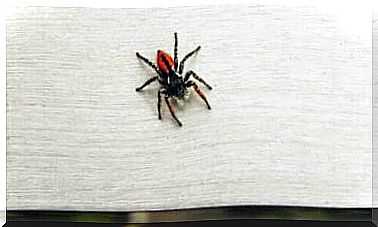Hemophilia In Dogs

Known as the blood disease, hemophilia in dogs is hereditary. It is treated with great care, due to its consequences, and usually manifests from two months of age onwards.
Hemophilia is a disorder in blood clotting. The enzymes and proteins that thicken the blood are inhibited. Therefore, the circulation becomes very liquid.
The best way to treat hemophilia in dogs is with the help of a specialist. The pet owner must be aware of any circulatory anomaly, and seek the veterinarian when noticing any unusual situation.
How hemophilia in dogs manifests
Unfortunately, there is no prior diagnosis, unless the owner knows the background of the dog’s parents. This disease can have serious consequences, such as constant bleeding and even hemorrhage.

It should be noted that hemophilia is a hereditary disease, that is, it is unfortunately transmitted from mother to child through a deficiency in an X chromosome.
There are breeds more likely than others to suffer from the problem. For example, German Shepherds and Dobermanns are more likely to suffer from this disease.
The most common way to tell if an animal is hemophilic is after an injury. In general, under normal conditions, the clotting process is immediate, which prevents the bleeding from continuing.
In the case of hemophilia in dogs, the bleeding never stops. If it’s a shallow cut, there’s not much risk. However, when it comes to deep wounds, hemophilia can be deadly.
What to do in case of suspected hemophilia in dogs?
If you have already faced an episode of prolonged bleeding, it is recommended to take the animal immediately to the veterinarian. Through the origin and location of the wound, the specialist will be able to determine how the body will react. That is, if there is any anomaly in the circulatory system.
There are three types of hemophilia: A, B and C, or also called mild, moderate or severe. In the case of type A or mild hemophilia, it is usually only detected when there is a wound, whereas types B and C manifest between four and six months of age.
In these cases, it is common to see the dog bleeding from the nose or gums. In addition, there is the possibility that blood is also present in the urine and feces.
How is hemophilia in dogs treated
- The first thing to do is a diagnosis. Unless the owner knows the pet is hemophiliac, the veterinarian will determine the cause of the bleeding.
- On occasion, constant bleeding can come from external factors. A common case is the ingestion of rat poison by the animal, and also the bite of snakes.
- In both circumstances, as a consequence of the effect of the poison, the enzymes that clot the blood are inhibited.

- A deficiency in vitamin K absorption can also cause uncontrolled bleeding. This is because vitamin K acts on the liver, an organ that is in charge of producing clotting enzymes.
- Some medications also affect the blood thickening process, such as long-term antibiotics. It can also happen to dogs that consume anticoagulants.
- If the specialist’s study diagnoses hemophilia in dogs, he or she will likely prescribe coagulants for the animal. Or you will apply a vitamin K-based treatment.
- More recently, gene therapy has been given to overcome hemophilia. Therapy consists of injecting factor VIII, which causes the disease, into the body.
- So far, animals treated with this type of therapy have been free of hemophilia for three years.
Considerations about circulatory disorders
The blood clotting deficit can cause other health problems in the animal. The most common is anemia, which is caused by some internal bleeding.
Symptoms of this disease are weakness, breathing problems and arrhythmias. The animal is also confused and sluggish, and often vomits and bloody stools.
Main image source: Aleksey Gnilenkov









